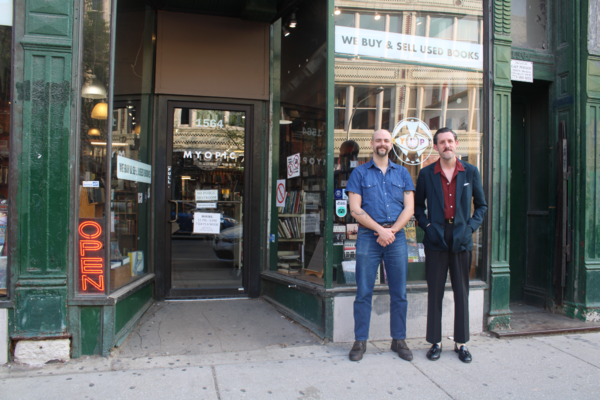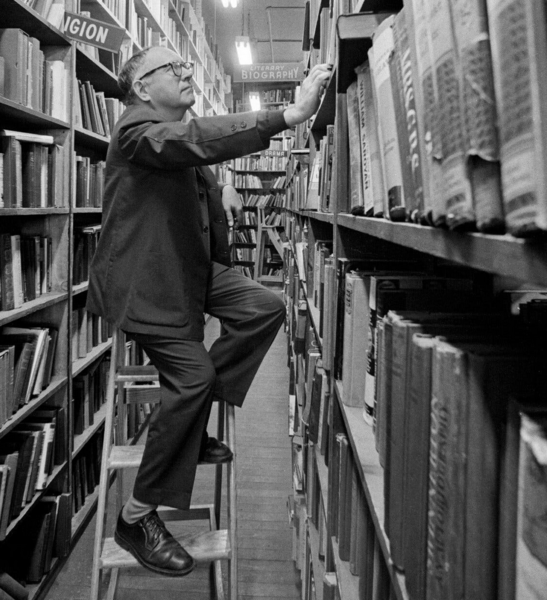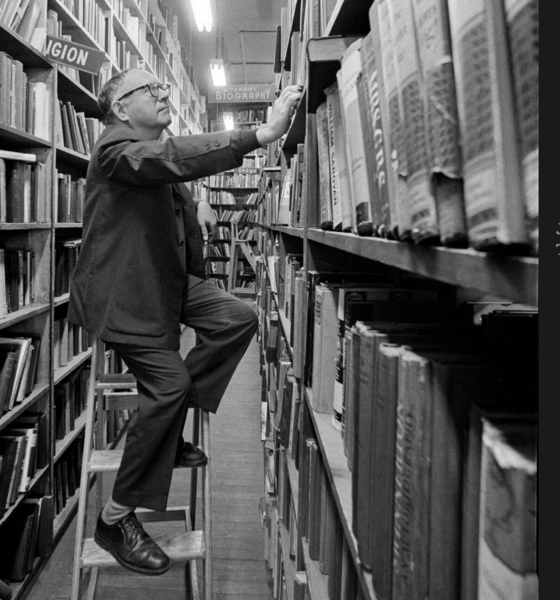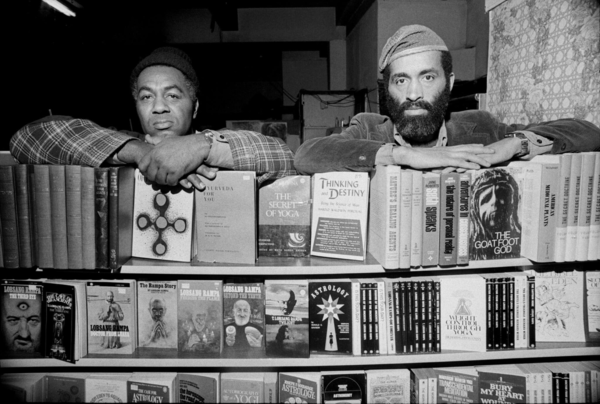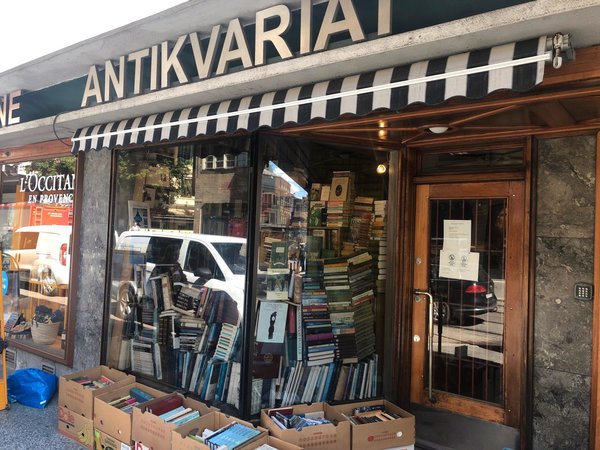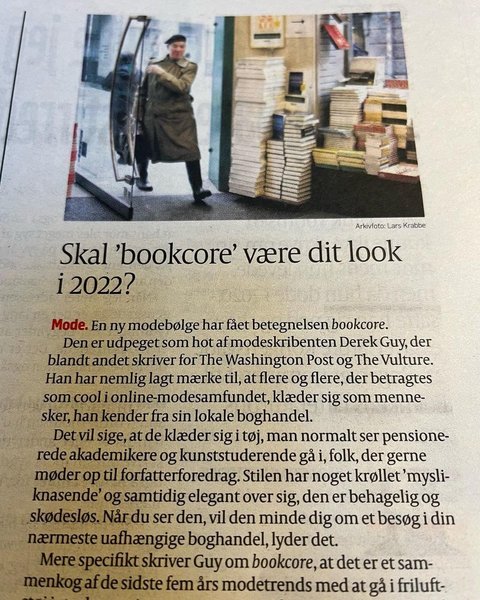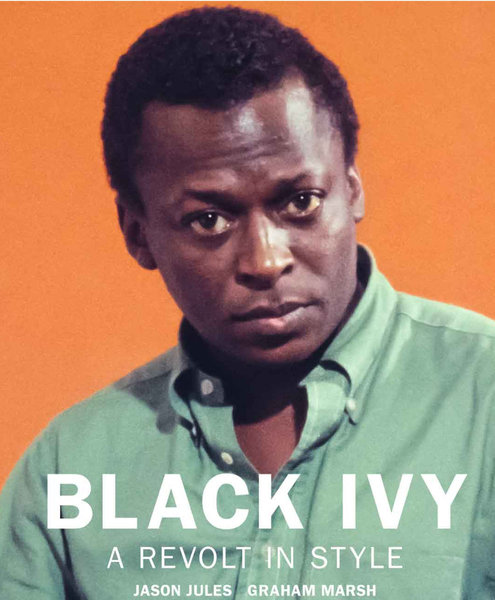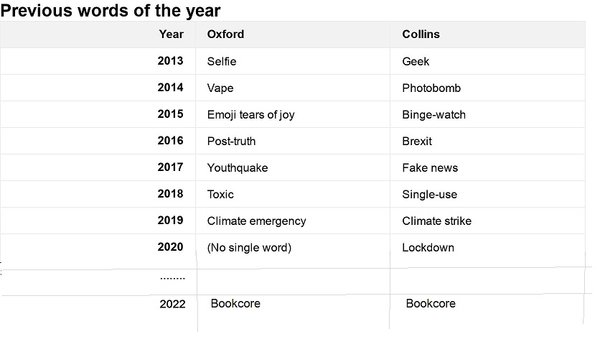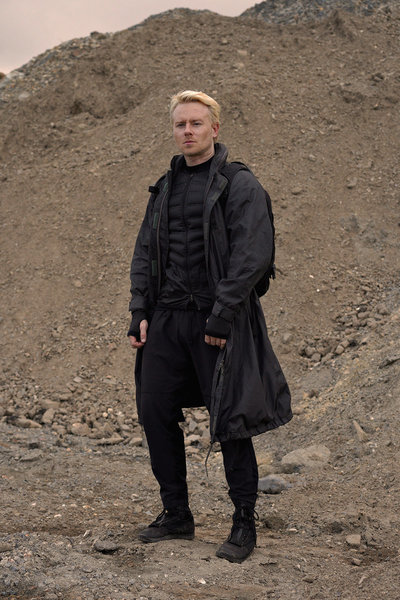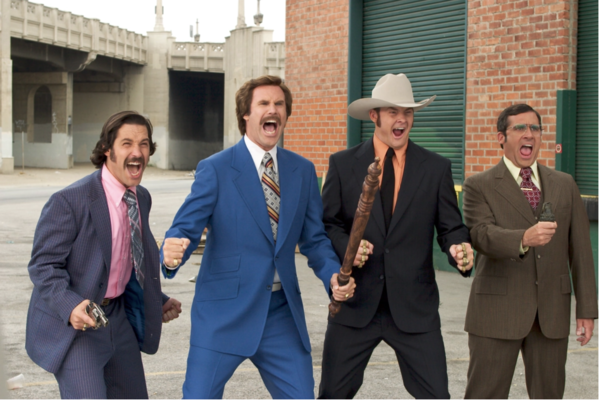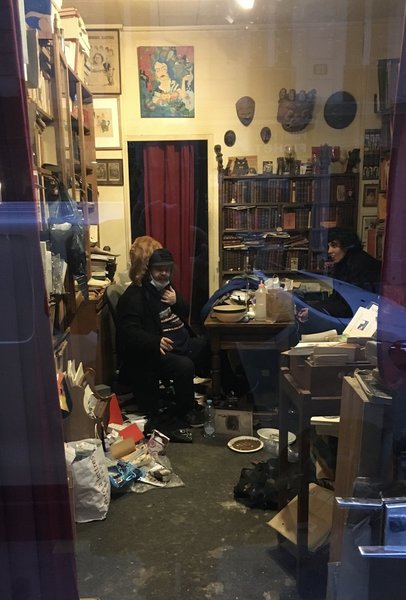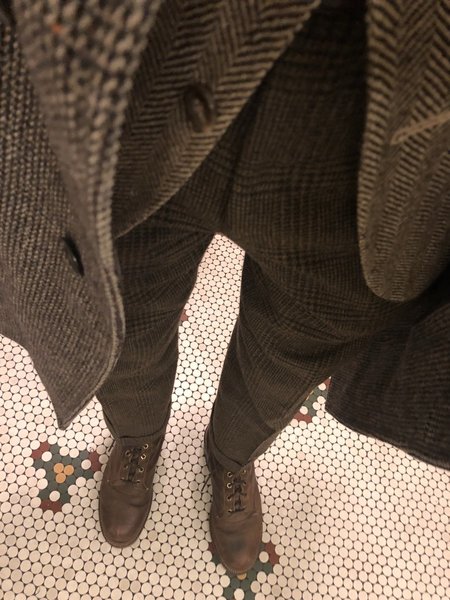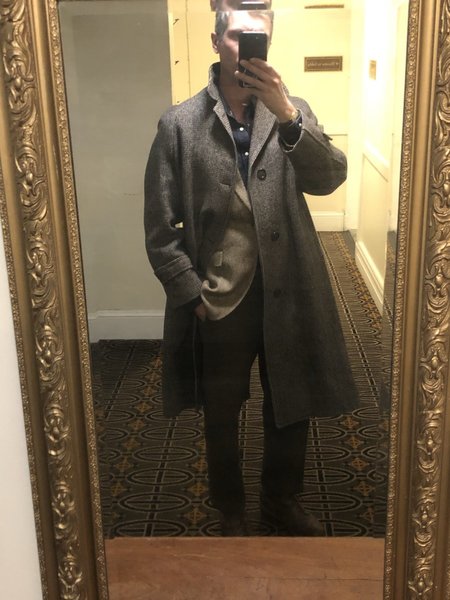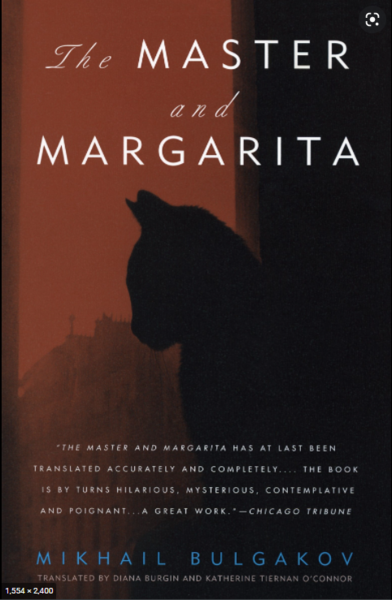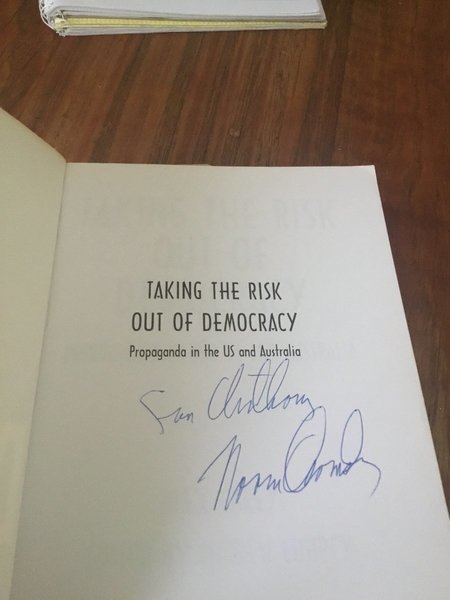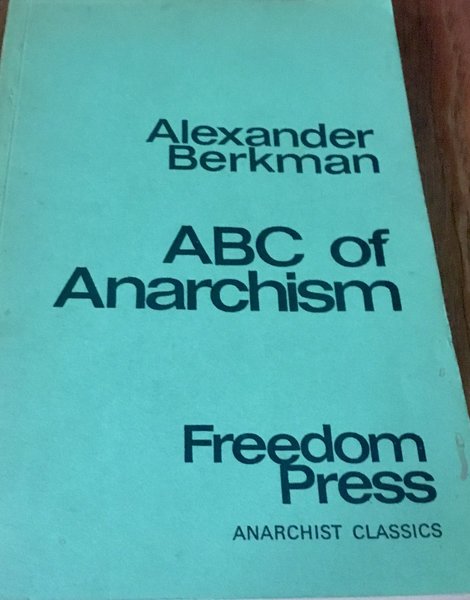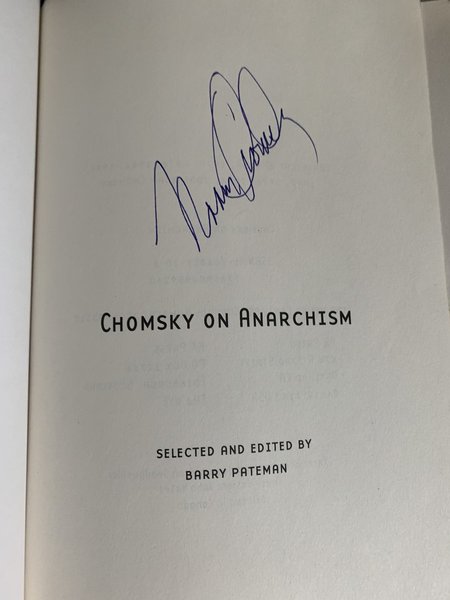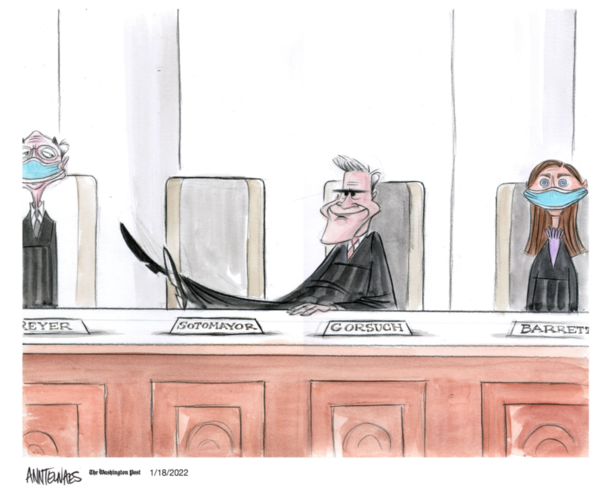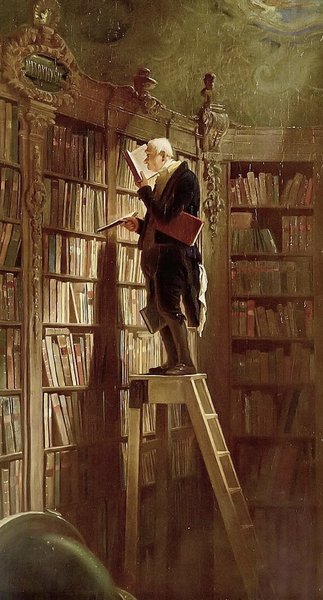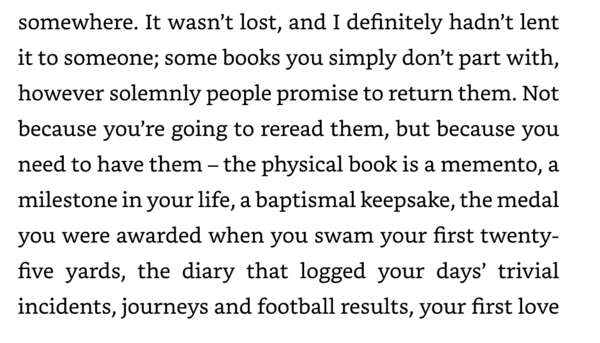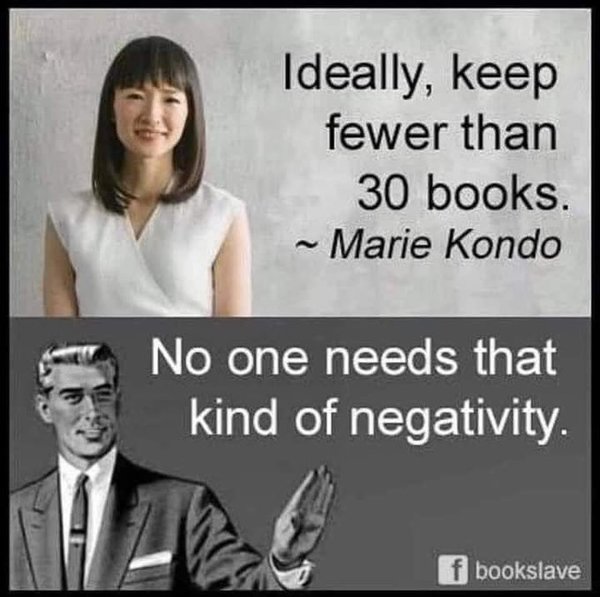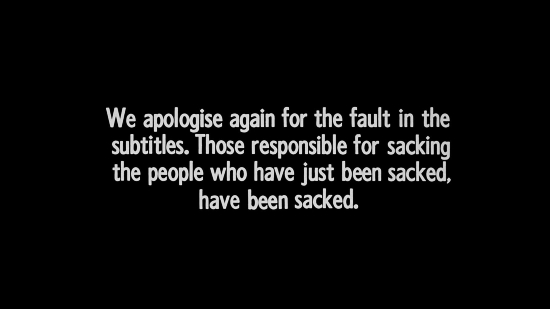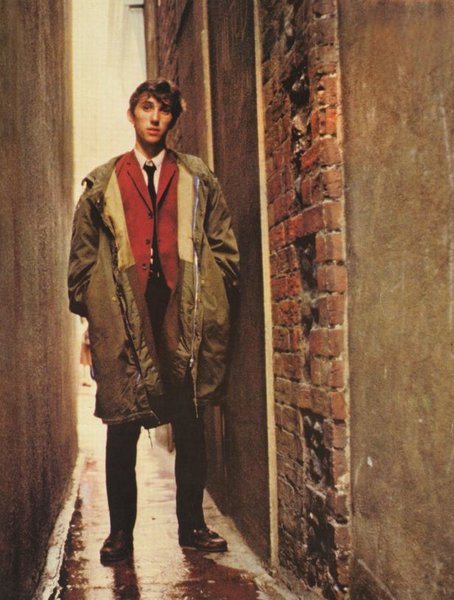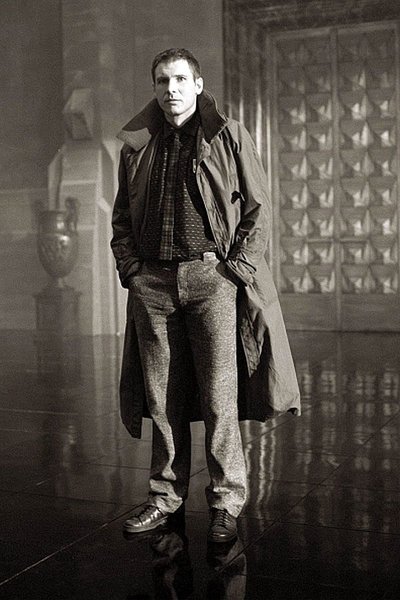Support the forum
Navigation
-
- Men's Style
- Classic Menswear
- Streetwear and Denim
- Preorders, Group Made-to-order, trunk shows, and o
- Menswear Advice
- Former Affiliate Vendor Threads; a Locked Forum.
- Career and job listings in fashion, mens clothing,
-
- American Trench
- AMIDÉ HADELIN
- Archibald London
- The Armoury
- Arterton
- Besnard
- Canoe Club
- Capra Leather
- Carmina
- Cavour
- Crush Store
- De Bonne Facture
- Drinkwater's Cambridge
- Drop93
- eHABERDASHER
- Enzo Custom
- Epaulet
- Exquisite Trimmings
- Fils Unique
- Gentlemen's Footwear
- Giin
- Grant Stone
- House of Huntington
- IsuiT
- John Elliott
- Jonathan Abel
- Kent Wang
- Kirby Allison
- Larimars Clothing
- Lazy Sun
- LuxeSwap
- Luxire Custom Clothing
- Nicks Boots
- No Man Walks Alone
- Once a Day
- Passus shoes
- Proper Cloth
- SARTORIALE
- SEH Kelly
- Self Edge
- Shop the Finest
- Skoaktiebolaget
- Spier and MacKay
- Standard and Strange
- Bespoke Shoemaker Szuba
- Taylor Stitch
- TLB Mallorca
- UNI/FORM LA
- Vanda Fine Clothing
- Von Amper
- Wrong Weather
- Yeossal
- Zam Barrett
Install the app
More options
-
Hi, I am the owner and main administrator of Styleforum. If you find the forum useful and fun, please help support it by buying through the posted links on the forum. Our main, very popular sales thread, where the latest and best sales are listed, are posted HERE
Purchases made through some of our links earns a commission for the forum and allows us to do the work of maintaining and improving it. Finally, thanks for being a part of this community. We realize that there are many choices today on the internet, and we have all of you to thank for making Styleforum the foremost destination for discussions of menswear. -
This site contains affiliate links for which Styleforum may be compensated.
-
STYLE. COMMUNITY. GREAT CLOTHING.
Bored of counting likes on social networks? At Styleforum, you’ll find rousing discussions that go beyond strings of emojis.
Click Here to join Styleforum's thousands of style enthusiasts today!
Styleforum is supported in part by commission earning affiliate links sitewide. Please support us by using them. You may learn more here.
You are using an out of date browser. It may not display this or other websites correctly.
You should upgrade or use an alternative browser.
You should upgrade or use an alternative browser.
Let's Talk About Bookcore
- Thread starter Daniel Hakimi
- Start date
- Watchers 84
Daniel Hakimi
Senior Member
- Joined
- Mar 10, 2018
- Messages
- 628
- Reaction score
- 752
I make no bones about being a huge fan of DWW and his website, and this latest post particularly spoke to me, as "bookcore" is pretty much the way I've been dressing for the last couple years, despite not having a proper term to describe it. Heres a pic I posted on the SW&D WAYWT thread a few months back which I think unintentionally fits well into this category. Everything is thrifted, though high quality stuff. Vintage raglan sleeve tweed coat, western pearl snap denim shirt, tweed jacket and trousers and vintage logger boots. View attachment 1742290
View attachment 1742291
Sick fit, but... if you try to re-approach this with a more bookcore mindset, try uglier shoes. I'm mostly not joking. Derek put ugly shoes on the list for a reason. Tyrolean shoes and NBs are stupid-looking, yes, but in the best ways. It's almost like a paradox -- all the pretty dress shoes the CM hive mind loves are... still kinda nice, but sometimes harder to wear, more like pieces of art. Ugly shoes look dumb on your shelf, but blend into an outfit beautifully.
eazye
Distinguished Member
- Joined
- Feb 28, 2009
- Messages
- 7,033
- Reaction score
- 31,121
Ugly, in this case, truly is in the eye of the beholder. While I don't have any Tyrolean shoes, I have a number of New Balance. I personally wouldn't call either stupid looking, and actually love the look of a good Tyrolean, I just haven't pulled the trigger on a pair yet. But again YMMV. I picked logger boots in this instance because they worked best for that fit. I think the problem with a large chunk of the CM crowd is that they are so stuck in their ways, they are afraid to try anything new. That is boring, sad, and deeply uncool in my opinion.
I started life on this forum on the CM side, where I learned all of the so called "rules". But it wasn't until I crossed over to the SWD side that clothes became truly enjoyable. And I think thats thats what I like most of this so called "bookcore", combining the best of both worlds into cohesive outfits that look good and are comfortable.
I started life on this forum on the CM side, where I learned all of the so called "rules". But it wasn't until I crossed over to the SWD side that clothes became truly enjoyable. And I think thats thats what I like most of this so called "bookcore", combining the best of both worlds into cohesive outfits that look good and are comfortable.
Last edited:
I got the Egerton as well and here are my thoughts.I mean, I think Lyngstad's is the only decent translation available, right? I've never heard anyone rhapsodize about it, which doesn't necessarily mean that it's not worth rhapsodizing about. But I do know that it's supposed to be much better than the one it replaced, and this isn't a novel where there's a wealth of choice (as far as I know, which isn't terribly far). I've read it and liked it quite a bit, although haven't read the others so can't personally compare.
Lyngstadt goes for a decidedly modern (as in our generation) style. Punchy. Short sentences. Strip the fat. Contemporary words. It's effective. Turns the mood on a dim. Which Hamsun (and the stress-hallucinating narrator) do all the time. But... it's an author writing. I think a James Joyce style would have been more appropriate than writing in a hallucinating illiterate tramp. We lose some suspension of disbelief.
Egerton is, first, not Bowdlerised. Egerton was a pioneer of the women's sexual liberation movement! I feel like I should preface with this since this is the most common accusation. The style is very much of its time, a little Oscar Wilde by way of Jane Austen, or perhaps Orwell's parent. And Orwell uses that style to great effect in his earlier works, such as Burmese Days, which grips you by the throat and drags you to its conclusion keeping even the moments of intense boredom of the characters delightfully engaging. I'd argue the beginning of Keep the Aspidistra Flying, especially the Bovril rant, are certainly musty today - and before one can argue for this being deliberate (after all who keeps aspidistras today?) the narrator is supposed to transcend the middle class fashions he so disdains (or is this the point? maybe I'm too stupid to see it).
I don't speak Norwegian, and don't intend to learn (never say never). I look for the closest thing: a Norwegian of action from a century or two ago: Fridtjof Nansen, who froze his boat in Arctic ice for 2 years and drifted with it to get closer to the North Pole, and wrote 30,000 words thereafter in... English. And his work, which cannot be accused of being literature, is closer to Egerton than Lyngstadt.
This leaves the reader with an interesting choice: to trust Lyngstadt's vision, and enjoy a work that is transformed from the original, a modern person's vision? Or go for something closer to how people of the time would have communicated? I personally prefer the second, or rather see the first as its own work to be enjoyed separately (such as Nabokov's translation of Pushkin). So, I read both and would recommend it, after all, it's only 140 pages. They really result in quite different experiences.
zenosparadox
Distinguished Member
- Joined
- Nov 16, 2006
- Messages
- 1,240
- Reaction score
- 1,712
This is fascinating, thanks! When recommending the Lyngstadt translation, I was contrasting it to the Bly translation from the 60s, which was the standard translation prior to Lyngstadt’s. I had never heard anyone say anything, positively or negatively, about Egerton’s original translation, so had just assumed it was a period piece that was incredibly important for introducing much of the world to Hamsun, but didn’t have value as a work of its own beyond that. I’ll definitely revisit and revise that assumption based on your endorsement.I got the Egerton as well and here are my thoughts.
Lyngstadt goes for a decidedly modern (as in our generation) style. Punchy. Short sentences. Strip the fat. Contemporary words. It's effective. Turns the mood on a dim. Which Hamsun (and the stress-hallucinating narrator) do all the time. But... it's an author writing. I think a James Joyce style would have been more appropriate than writing in a hallucinating illiterate tramp. We lose some suspension of disbelief.
Egerton is, first, not Bowdlerised. Egerton was a pioneer of the women's sexual liberation movement! I feel like I should preface with this since this is the most common accusation. The style is very much of its time, a little Oscar Wilde by way of Jane Austen, or perhaps Orwell's parent. And Orwell uses that style to great effect in his earlier works, such as Burmese Days, which grips you by the throat and drags you to its conclusion keeping even the moments of intense boredom of the characters delightfully engaging. I'd argue the beginning of Keep the Aspidistra Flying, especially the Bovril rant, are certainly musty today - and before one can argue for this being deliberate (after all who keeps aspidistras today?) the narrator is supposed to transcend the middle class fashions he so disdains (or is this the point? maybe I'm too stupid to see it).
I don't speak Norwegian, and don't intend to learn (never say never). I look for the closest thing: a Norwegian of action from a century or two ago: Fridtjof Nansen, who froze his boat in Arctic ice for 2 years and drifted with it to get closer to the North Pole, and wrote 30,000 words thereafter in... English. And his work, which cannot be accused of being literature, is closer to Egerton than Lyngstadt.
This leaves the reader with an interesting choice: to trust Lyngstadt's vision, and enjoy a work that is transformed from the original, a modern person's vision? Or go for something closer to how people of the time would have communicated? I personally prefer the second, or rather see the first as its own work to be enjoyed separately (such as Nabokov's translation of Pushkin). So, I read both and would recommend it, after all, it's only 140 pages. They really result in quite different experiences.
The one place where I’ll take slight exception is with your characterization of Lyngstadt’s style as “modern” and perhaps out of step with Hamsun’s own. Like you, of course, I don’t read Norwegian, so can’t personally verify the accuracy of these claims, but the consensus of those who do is that the Lyngstadt translation captures Hamsun’s style better than any of the other translations of his novels, Hunger or otherwise. Which doesn’t mean that it’s the best translation, of course, as I’m actually not opposed to translations that do something novel with a work. A Joycean Hamsun would, I agree, be wonderful, but Hamsun’s style isn’t Joyce’s.
For reference, here’s Charles Yuchen He on the recent reissue of the Lyngstadt translation:
“This reissue of Sverre Lyngstad’s masterful 1996 translation not only features a commentary on the two previous translations of the text to English, but also an appendix highlighting all three translators’ choices for particularly tricky or ambiguous words. In contrast to previous translations, notably Robert Bly’s version, which has been criticised for taking too many liberties, Lyngstad’s pays meticulous attention to Hamsun’s innovative and slippery use of Norwegian. Lyngstad’s translation, widely accepted by Hamsun scholars, is in my view the translation that best captures the manic pace and the disturbingly angular precision of the writer’s style in the original. With Lyngstad’s excellent translation, Hunger can once again be appreciated by English readers. Having read the novel in Swedish, then in Norwegian, and finally in English, I can personally attest to how difficult it is to translate Hamsun’s use of language.”
Daniel Hakimi
Senior Member
- Joined
- Mar 10, 2018
- Messages
- 628
- Reaction score
- 752
Ugly, in this case, truly is in the eye of the beholder. While I don't have any Tyrolean shoes, I have a number of New Balance. I personally wouldn't call either stupid looking, and actually love the look of a good Tyrolean, I just haven't pulled the trigger on a pair yet. But again YMMV. I picked logger boots in this instance because they worked best for that fit. I think the problem with a large chunk of the CM crowd is that they are so stuck in their ways, they are afraid to try anything new. That is boring, sad, and deeply uncool in my opinion.
I started life on this forum on the CM side, where I learned all of the so called "rules". But it wasn't until I crossed over to the SWD side that clothes became truly enjoyable. And I think thats thats what I like most of this so called "bookcore", combining the best of both worlds into cohesive outfits that look good and are comfortable.
I certainly agree about trying new things.
@dieworkwear, would you care to share more on your philosophy about ugly shoes? Full disclosure, I'm writing an article about them, and might or might not quote you.
- Joined
- Apr 10, 2011
- Messages
- 27,320
- Reaction score
- 69,990
@dieworkwear, would you care to share more on your philosophy about ugly shoes? Full disclosure, I'm writing an article about them, and might or might not quote you.
Hm, I don't know if I have anything interesting to say about ugly shoes. I like a lot of casualwear that's not conventionally attractive, such as Engineered Garments and Kapital. To me, funky footwear is just part of that vibe.
I think it was Fran Lebowitz who said that the fashion industry is excellent at churning out clothes that are so ugly, they can only look good on extremely beautiful people. I actually find it to be the opposite. I think if you know you're not a conventionally handsome person (and I am not), then you may realize at some point that you don't look like a sexy Italian man in that sexy Italian clothing. You may not even feel like yourself in those clothes.
When I realized that I have physical limitations for looking conventionally attractive, I stopped caring about only conventionally attractive clothes. I also became more OK with wearing "ugly" things.
I actually find that conventionally attractive people look weird in offbeat casualwear. Like, imagine Tom Brady in Engineered Garments or Kapital. He would look super weird because there's such a disconnect between his conventional handsomeness and the offbeat quality of this clothing. Pete Davidson would do better in those clothes because he's kind of odd-looking. You can imagine him at Nepenthes, whereas I can only imagine Tom Brady at Tom Ford or whatever.
Anyway, since I like offbeat casualwear, I also like offbeat shoes. I'm sure I'm also influenced by Free & Easy, where Tyroleans and New Balances showed up on their pages for many years. I'm also interested in outfits that I think look "cool," however that's defined, and a lot of cool things are anti-mainstream (and thus anti-conventional in terms of aesthetics).
yorkshire pud
Distinguished Member
- Joined
- Apr 15, 2016
- Messages
- 1,567
- Reaction score
- 922
Hm, I don't know if I have anything interesting to say about ugly shoes. I like a lot of casualwear that's not conventionally attractive, such as Engineered Garments and Kapital. To me, funky footwear is just part of that vibe.
I think it was Fran Lebowitz who said that the fashion industry is excellent at churning out clothes that are so ugly, they can only look good on extremely beautiful people. I actually find it to be the opposite. I think if you know you're not a conventionally handsome person (and I am not), then you may realize at some point that you don't look like a sexy Italian man in that sexy Italian clothing. You may not even feel like yourself in those clothes.
When I realized that I have physical limitations for looking conventionally attractive, I stopped caring about only conventionally attractive clothes. I also became more OK with wearing "ugly" things.
I actually find that conventionally attractive people look weird in offbeat casualwear. Like, imagine Tom Brady in Engineered Garments or Kapital. He would look super weird because there's such a disconnect between his conventional handsomeness and the offbeat quality of this clothing. Pete Davidson would do better in those clothes because he's kind of odd-looking. You can imagine him at Nepenthes, whereas I can only imagine Tom Brady at Tom Ford or whatever.
Anyway, since I like offbeat casualwear, I also like offbeat shoes. I'm sure I'm also influenced by Free & Easy, where Tyroleans and New Balances showed up on their pages for many years. I'm also interested in outfits that I think look "cool," however that's defined, and a lot of cool things are anti-mainstream (and thus anti-conventional in terms of aesthetics).
I didn't know who Tom Brady was (had to Google him). Is he the American David Beckham??
I've seen Beckham pull off some goofy outfits over the years, but he does definitely look better in more conventional clothing.
Oswald Cornelius
Senior Member
- Joined
- Jul 27, 2006
- Messages
- 377
- Reaction score
- 316
I didn't know who Tom Brady was (had to Google him). Is he the American David Beckham??
I'm off to Google "David Beckham..."
He was a supporting actor in the British blockbuster "Bend it like Beckham" which is about a peculiar pastime of residents of those parts that never really managed to cross the AtlanticI'm off to Google "David Beckham..."
Clouseau
Inspector
- Joined
- May 18, 2013
- Messages
- 6,329
- Reaction score
- 11,239
i suppose Mephisto "ugly" shoes are part of the look...
i have a pair (got Paraboot Michaels too, of course).
The "Rainbow" is their iconic model, it has been adopted by many groups, from Footbal casuals to famous actors, i can easily imagine Woody Allen wearing them. Very comfy, perfect for standing reading in a book shop.

i have a pair (got Paraboot Michaels too, of course).
The "Rainbow" is their iconic model, it has been adopted by many groups, from Footbal casuals to famous actors, i can easily imagine Woody Allen wearing them. Very comfy, perfect for standing reading in a book shop.
Ah, perhaps we are talking over each other there. By modern I mean, sort of, what is modern to the contemporaneous reader may not be to others.The one place where I’ll take slight exception is with your characterization of Lyngstadt’s style as “modern” and perhaps out of step with Hamsun’s own. Like you, of course, I don’t read Norwegian, so can’t personally verify the accuracy of these claims, but the consensus of those who do is that the Lyngstadt translation captures Hamsun’s style better than any of the other translations of his novels, Hunger or otherwise. Which doesn’t mean that it’s the best translation, of course, as I’m actually not opposed to translations that do something novel with a work. A Joycean Hamsun would, I agree, be wonderful, but Hamsun’s style isn’t Joyce’s.
A nice example is Konrad's Heart of Darkness. In order to tell that story, you need to be familiar with and dive into the world of colonial Africa. Konrad himself is a sulfurous fellow by modern standards: not only did he work for the British, he voluntarily signed up to work for the private company that was plundering Congo on behalf of the Belgians. From this came Heart of Darkness... and from Konrad's gradual awakening, the seeds of anti-colonialism were planted or perhaps Konrad was simply following the current of his time, and his novel became one of the first signs. To read Konrad, you need to plunge yourself into this world, which is not or barely taught in British schools (to be fair I dropped history at around 14). After all, the ultimate evil, the Nazis, are so because of their desire to cross their borders and enslave other people or slaughter them, but it can be taught because they are German, and we are British, the good guys who won and re-established democracy and equality on the continent a la Napoleon in ... oh wait, that's another corner of history we should skip.
What does Heart of Darkness in the 1970s look like? Well, Coppola could hardly tell the story "historically" (I think only Tarantino gets away with it nowadays. In any case a reader/watcher unfamiliar with the utter horror perpetrated by their own ancestry (even if distant, even if merely the approval of such actions by the people of democracies, who in the Algerian War showed that you can win tactically but still "lose" if the people do not back your actions), would be perplexed. Coppola instead uses the crisis on everybody's mind at the time, a rogue CIA officer whose results were not as brilliant as Kurz's in the movie, and ties loose threads into his magnum opus. It is only loosely based on the original, yet somehow gets the gist of it emotionally. Charlie Sheen is absolutely Konrad on his steamboat, the self-sufficient narrator and distant observer that sinks further and further into a bizarre world, albeit with a different conclusion (I guess the erasure of the place is concurrent with the narrator lying to Kurz's widow - both decisions made by the observer who becomes effective in the dream world they suddenly enter).
One example that stuck with me is the odd sense of pride ahead of survival. For example, Egerton (apologies for Kindle stripping the mise en page):
He stopped directly, and we both stared at one another fixedly. "A halfpenny for milk!" he whined, twisting his head askew. So that was how the wind blew. I felt in my pockets and said: "For milk, eh? Hum-m--money's scarce these times, and I don't really know how much you are in need of it." "I haven't eaten a morsel since yesterday in Drammen; I haven't got a farthing, nor have I got any work yet!" "Are you an artisan?" "Yes; a binder." "A what?" "A shoe-binder; for that matter, I can make shoes too."
"Ah, that alters the case," said I, "you wait here for some minutes and I shall go and get a little money for you; just a few pence." I hurried as fast as I could down Pyle Street, where I knew of a pawnbroker on a second-floor (one, besides, to whom I had never been before). When I got inside the hall I hastily took off my waistcoat, rolled it up, and put it under my arm; after which I went upstairs and knocked at the office door. I bowed on entering, and threw the waistcoat on the counter. "One-and-six," said the man. "Yes, yes, thanks," I replied. "If it weren't that it was beginning to be a little tight for me, of course I wouldn't part with it." I got the money and the ticket, and went back. Considering all things, pawning that waistcoat was a capital notion. I would have money enough over for a plentiful breakfast, and before evening my thesis on the "Crimes of Futurity" would be ready. I began to find existence more alluring; and I hurried back to the man to get rid of him. "There it is," said I. "I am glad you applied to me first." The man took the money and scrutinized me closely. At what was he standing there staring? I had a feeling that he particularly examined the knees of my trousers, and his shameless effrontery bored me. Did the scoundrel imagine that I really was as poor as I looked? Had I not as good as begun to write an article for half-a-sovereign? Besides, I had no fear whatever for the future. I had many irons in the fire. What on earth business was it of an utter stranger if I chose to stand him a drink on such a lovely day? The man's look annoyed me, and I made up my mind to give him a good dressing-down before I left him. I threw back my shoulders, and said: "My good fellow, you have adopted a most unpleasant habit of staring at a man's knees when he gives you a shilling." He leant his head back against the wall and opened his mouth widely; something was working in that empty pate of his, and he evidently came to the conclusion that I meant to best him in some way, for he handed me back the money. I stamped on the pavement, and, swearing at him, told him to keep it.
Lyngstadt:
Without thinking, I took three or four furious strides forward, caught up with him and tapped him on the shoulder. He stopped short. We both stared at each other. ‘A bit of change for milk!’ he finally said, cocking his head. Well, now I was really in for it! I fumbled in my pockets and said, ‘For milk, right. Hmm. Money is scarce these days, and I don’t know how badly you may need it.’ ‘I haven’t eaten since yesterday, in Drammen,’ the man said. ‘I don’t have a penny and I’m still out of work.’ ‘Are you an artisan?’ ‘Yes, I am a welter.’ ‘A what?’ ‘A welter. For that matter, I can make shoes, too.’ ‘That alters the case,’ I said. ‘Just wait a few minutes and I’ll go and get some money for you, a few øre anyway.’ I hastened down Pilestrædet Lane, where I knew of a pawnbroker on the second floor, someone I had never been to before. When I got inside the gate I quickly took off my waistcoat, rolled it up and stuck it under my arm; then I walked up the stairs and knocked on the door to the shop. I made a bow and threw the waistcoat on the counter. ‘One krone and a half,’ the man said. ‘All right,’ I said. ‘If it weren’t for the fact that it’s getting a bit tight for me, I wouldn’t have parted with it.’ I got the money and the slip and retraced my steps. All things considered, this business with the waistcoat was an excellent idea; there would even be money to spare for an ample breakfast, and by evening my monograph about the crimes of the future would be ready. Life began to look sunnier right away, and I hastened back to the man to get rid of him. ‘Here you are,’ I said to him. ‘I’m glad you came to me first.’ He took the money and began to look me up and down. What did he stand there staring at? I had the impression that he examined especially the knees of my trousers, and I found this piece of impudence tiresome. Did that louse imagine I was really as poor as I looked? Hadn’t I just about started writing a ten-krone article? On the whole, I had no apprehensions about the future, I had many irons in the fire. So, what business was it of this total stranger if I handed out a gratuity on such a bright morning? The man’s stare annoyed me, and I decided to give him a piece of my mind before leaving him. Shrugging my shoulders, I said, ‘My dear man, you have fallen into a nasty habit of staring at a man’s knees when he gives you a krone’s worth of money.’ He leaned his head back against the wall, all the way, and opened his mouth wide. Something was stirring behind that tramp’s forehead of his; thinking, no doubt, that I meant to trick him in some way, he handed the money back to me. I stamped my feet, swearing he should keep it. Did he imagine I had gone to all that trouble for nothing?
Do you not find the former more believable? The style reminds me of the world of Charles Dickens. There is a story I read somewhere that when he worked at a shoe polish factory, he would carefully spend a long time cleaning his nails afterwards, for which he was mocked by the other workers. The outdated style and long form is a bit like Nansen going to the North Pole in furs and wool clothing with a wood ship. It's part of what makes it work because that story is a product of its constraints and circumstances and to fully retell the tale you'd need a new frame, which Lyngstadt does not provide.
Another parallel might be Oscar Wilde's Dorian Gray and its inspiration Huysmans' "A Rebours". Completely different works, but that core feels remarkably similar. Wilde translates it into "being English" really
Last edited:
FlyingMonkey
Distinguished Member
- Joined
- Sep 5, 2011
- Messages
- 7,131
- Reaction score
- 11,036
i suppose Mephisto "ugly" shoes are part of the look...
For me at least, they don't qualify as ugly enough. They are just kind of normie / ordinary. Like Hush Puppies. I remember an author once describing a character as "heroically ugly" - with something like Tyroleans, their ugliness is undeniable, hence more interesting.
Hm, I don't know if I have anything interesting to say about ugly shoes. I like a lot of casualwear that's not conventionally attractive, such as Engineered Garments and Kapital. To me, funky footwear is just part of that vibe.
Funnily enough, I've always though that EG's collaborative footwear has often been an aesthetic failure and doesn't really go with their own clothes very well. I'm also aware that I'm something of a minority in this...
Galibiers worn in town qualify?For me at least, they don't qualify as ugly enough. They are just kind of normie / ordinary. Like Hush Puppies. I remember an author once describing a character as "heroically ugly" - with something like Tyroleans, their ugliness is undeniable, hence more interesting.
Clouseau
Inspector
- Joined
- May 18, 2013
- Messages
- 6,329
- Reaction score
- 11,239
Ugliness is subjective I guess. You can be attracted or love something (or someone) ugly. As you seem interested by literature see Barbey d’Aurevilly « Une vieille maîtresse ».For me at least, they don't qualify as ugly enough. They are just kind of normie / ordinary. Like Hush Puppies. I remember an author once describing a character as "heroically ugly" - with something like Tyroleans, their ugliness is undeniable, hence more interesting.
Funnily enough, I've always though that EG's collaborative footwear has often been an aesthetic failure and doesn't really go with their own clothes very well. I'm also aware that I'm something of a minority in this...
Anyway I find my Mephistos more ugly than my Paraboots (Tyrolean) but I love them more - but this is subjective then.
Streetwear Featured products
-
Nicks Boots - Urban Logger® - 60th Anniversary Sale - $529 The Urban Logger® takes the best features of our serious work boots (lug sole, logger heel, brass hardware) and combines them with the heritage look of the Robert. - Horween Predator Orange 6oz - 6'' shaft - Brass hardware - V100 lug sole - Natural edge - Leather laces.
-
Adidas by SONG FOR THE MUTE - Shadowturf SFTM Sneakers - $140 Experience the cultural landscape through the eyes of the Australian fashion label Song for the Mute. These adidas shoes are a collaboration inspired by the sounds and soul of the city.
-
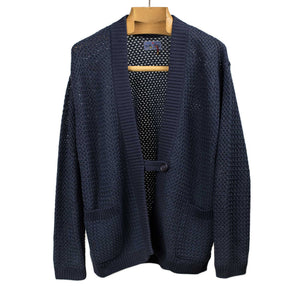 Blue Blue Japan - Haori cardigan in navy cotton washi paper mix Knits like these are far and few between, something we’re sure to look back on longingly in future seasons. An unlikely mix of yarns are bunched up and hatched over each other to make a rustic knitwork that’s uniquely chunky yet breezy.
Blue Blue Japan - Haori cardigan in navy cotton washi paper mix Knits like these are far and few between, something we’re sure to look back on longingly in future seasons. An unlikely mix of yarns are bunched up and hatched over each other to make a rustic knitwork that’s uniquely chunky yet breezy.
Latest posts
- Replies
- 18,795
- Views
- 3,751,450
- Replies
- 12,071
- Views
- 2,394,784
- Replies
- 0
- Views
- 31
- Replies
- 0
- Views
- 35
Similar threads
- Replies
- 41
- Views
- 10,638
- Replies
- 30
- Views
- 2,976
Featured Sponsor
Forum Sponsors
- American Trench
- AMIDÉ HADELIN
- Archibald London
- The Armoury
- Arterton
- Besnard
- Canoe Club
- Capra Leather
- Carmina
- Cavour
- Crush Store
- De Bonne Facture
- Drinkwater's Cambridge
- Drop93
- eHABERDASHER
- Enzo Custom
- Epaulet
- Exquisite Trimmings
- Fils Unique
- Gentlemen's Footwear
- Giin
- Grant Stone
- House of Huntington
- IsuiT
- John Elliott
- Jonathan Abel
- Kent Wang
- Kirby Allison
- Larimars Clothing
- Lazy Sun
- LuxeSwap
- Luxire Custom Clothing
- Nicks Boots
- No Man Walks Alone
- Once a Day
- Passus shoes
- Proper Cloth
- SARTORIALE
- SEH Kelly
- Self Edge
- Shop the Finest
- Skoaktiebolaget
- Spier and MacKay
- Standard and Strange
- Bespoke Shoemaker Szuba
- Taylor Stitch
- TLB Mallorca
- UNI/FORM LA
- Vanda Fine Clothing
- Von Amper
- Wrong Weather
- Yeossal
- Zam Barrett
![Lol8[1] :lol: :lol:](/styleforum_ads/smilies/lol8[1].gif)
